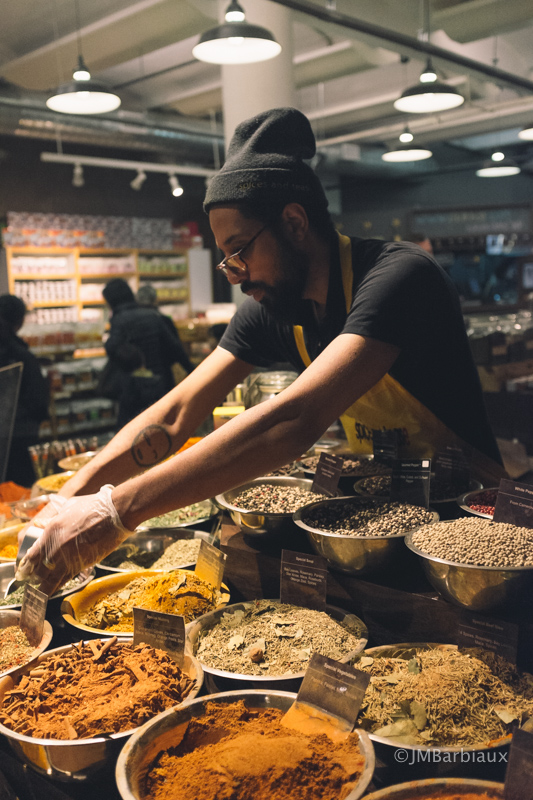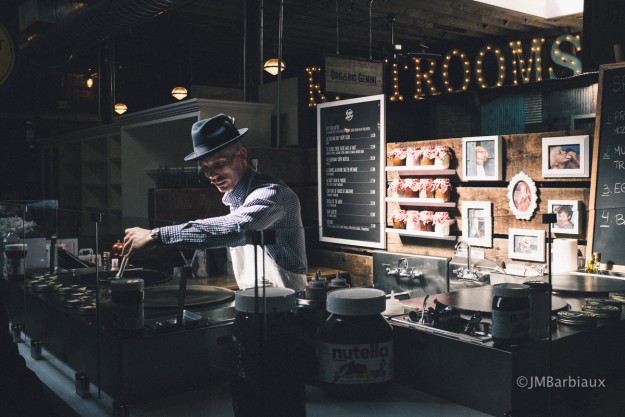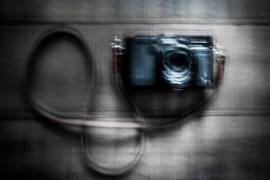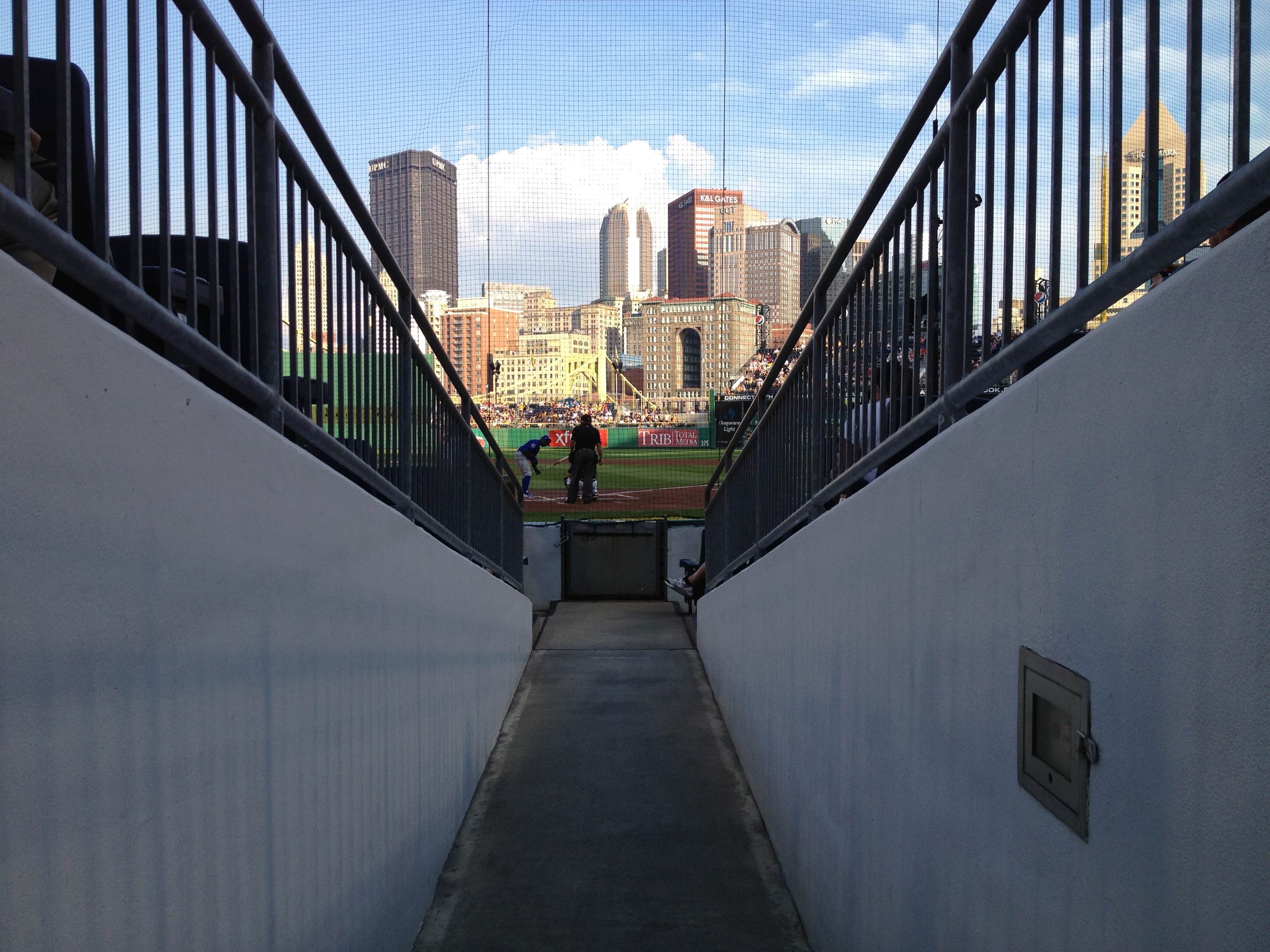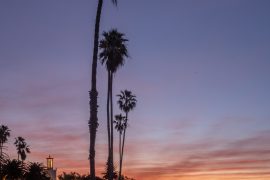Whether you’re a street, portrait, still life, raccoon, or landscape photographer you’ll undoubtedly benefit from practicing indoors from time to time. Sometimes, due to adverse weather, indoor photography will be your only choice if you get the photography itch. In the article below I will cover indoor shooting challenges, technique, and etiquette.

Challenges
White balance, slow shutter speeds, tight spaces, and the spot-light dilemma are all challenges you’ll encounter while shooting in the great indoors. Between you and me, indoor photography is many professional photographers greatest nemesis… Well, that and dusty sensors. And spiders. So how does one overcome these challenges and master indoor photography?
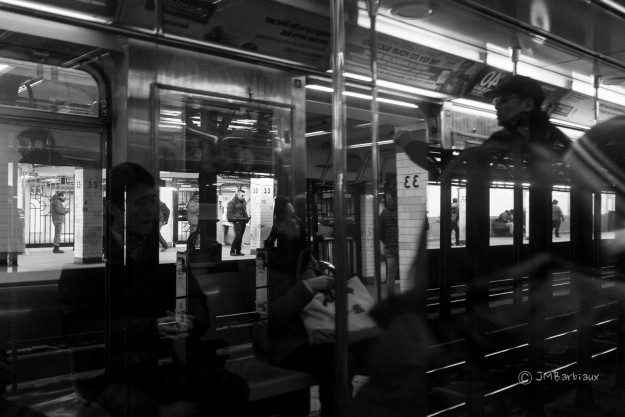
White Balance
Multiple light sources and strong colors (painted walls) will challenge even the best camera sensors out there. You could manually set your white balance but you’ll often need to do it many, many times if your shooting in different directions and different rooms. If you shoot in JPEG mode on your camera then setting your white balance manually is a must. If you shoot in RAW then you can simply shoot in Auto White Balance and choose the correct color cast in post processing.
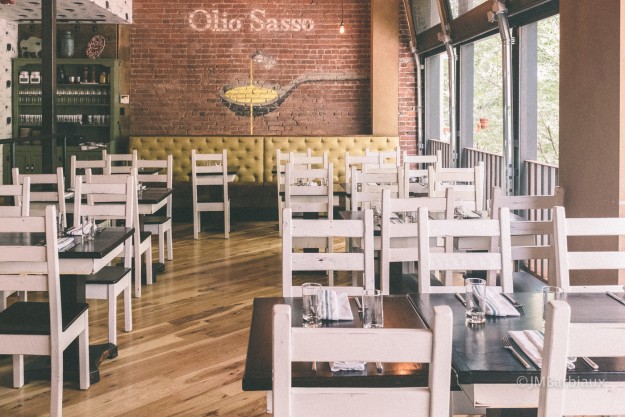 If you’d like to learn more about setting your white balance manually you can read my article, How To Use The White Balance Setting On Your Camera.
If you’d like to learn more about setting your white balance manually you can read my article, How To Use The White Balance Setting On Your Camera.
Slow Shutter Speeds
It doesn’t take a rocket scientist to figure out that indoor light pales in comparison to the giant ball of burning gas we call the sun. What does seem to perplex many photographers is how to keep the shutter speed at an acceptable level in order to avoid blurry images while shooting indoors with natural light.
Put aside your “I only shoot in manual mode” snobbery for one moment and consider this… If you put your camera on auto ISO with a minimum shutter speed of 1/125 (or somewhere in that neighborhood) you’ll never have to worry about blurry shots because of a low shutter speed again. Take it a step further and you can use aperture priority mode to adjust your depth of field quickly based on how much available light is in the room. You could also use shutter priority mode if you’d like (more on that in the technique section below).

